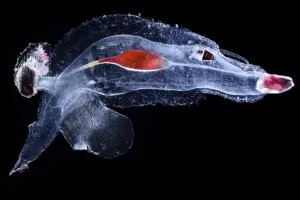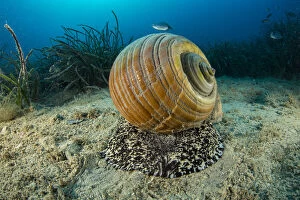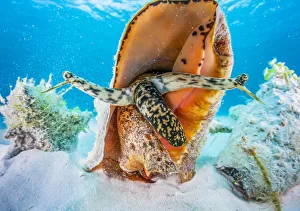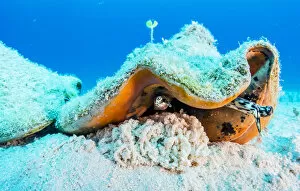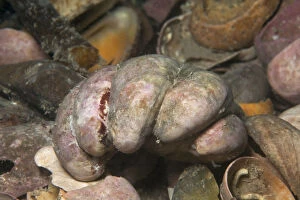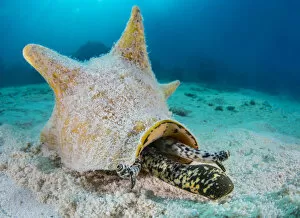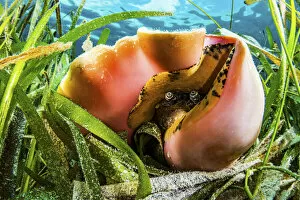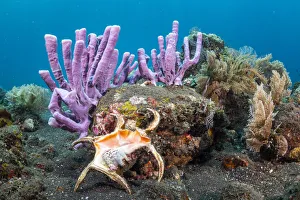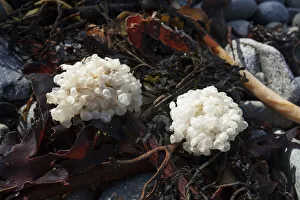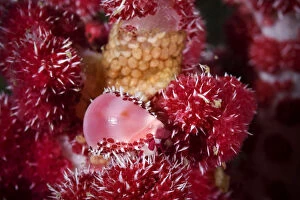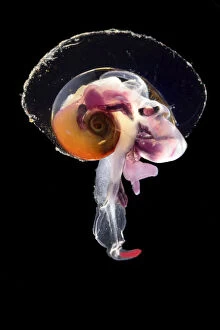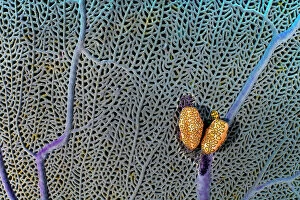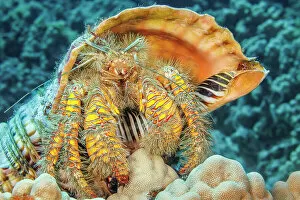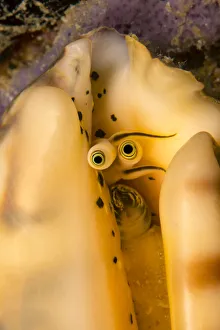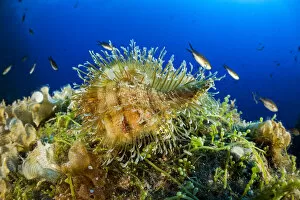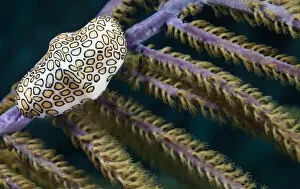Hypsogastropoda Collection
Hypsogastropoda, a fascinating family of marine gastropod molluscs, encompasses a diverse range of species that inhabit the vast oceans
All Professionally Made to Order for Quick Shipping
Hypsogastropoda, a fascinating family of marine gastropod molluscs, encompasses a diverse range of species that inhabit the vast oceans. From the majestic Sea elephant, scientifically known as Cardiopoda placenta, to the colossal Giant tun named Tonna galea, these creatures never fail to captivate our imagination. In the crystal-clear waters off Cat Island in the Bahamas, a small aggregation of Queen conch (Lobatus gigas) can be seen gracefully gliding through the sea. These magnificent molluscs are known for their striking pink shells and play a vital role in maintaining marine ecosystems. In Exuma Cays Land and Sea Park, another spectacle unfolds as Queen conchs lay their precious eggs amidst seagrass meadows. However, not all members bring positive impacts. The Slipper limpet (Crepidula fornicata), an invasive species found in Jersey's British Channel Islands, poses a threat to native marine life. Despite this challenge, nature continues its dance with resilience. The Queen conch (Strombus gigas) showcases its unique features as it extends its proboscis and stalked eyes while gracefully moving through underwater landscapes. Meanwhile, Flamingo tongue cowries (Cyphoma gibbosum) adorn common sea fans (Gorgonia ventalina) on Grand Cayman Island in the Caribbean Sea—a sight both mesmerizing and predatory. Trails left behind by Edible periwinkles (Littorina littorea) on sand-covered rocks tell tales of their journey along coastal shores. Amidst thriving seagrass meadows in the Bahamas lies Aliger gigas—the regal Queen conch—grazing upon algae growth while contributing to healthy ecosystems. Sea anemones like Calliactis parasitica find companionship with hermit crabs—an enchanting symbiotic relationship that showcases the wonders of nature's interconnectedness.

